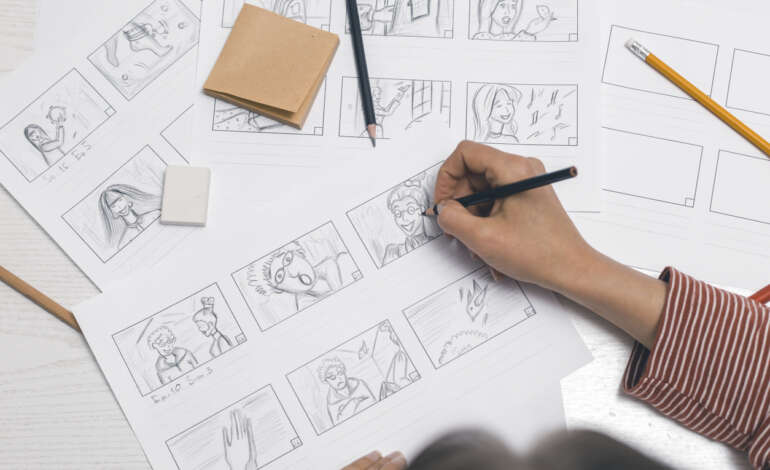Poor audio quality can make or break your video production. It is frustrating for viewers to listen to a bad recording or garbled mic, and it makes your production come across as cheap. Furthermore, it can lose your audience faster than you can blink; no one is going to bother to listen to your message if your way of communicating is hard to understand. They will simply move on to the next video. Here are some tips on how to get your video sound quality at optimal levels of performance so you can keep your audience interested.
1) Choose the right mic
Having the correct mic positioned at the right angle can make all the difference in your video’s sound quality. Some people recommend at least one strong auxiliary mic for your camera setup, although there are many different types of microphone options:
- Shotgun (a versatile, all-round tool, but not ideal for loud environments such as conventions or loud reunions)
- Wireless (great for allowing freedom and mobility, and a perfect option for someone giving a speech on a stage or elevated platform)
- Handheld (standard for interviews)
- Boundary (can be placed on walls, tables, or podiums)
- Stereo (when properly placed, can capture natural-sounding concerts, both quiet and loud)
- Wired lavalier (directly pick up one person)
It is also important to think about the speakers in the video (if there are any) and which type of mic will capture their inflections with the greatest possible clarity. For example, a person giving an interview in a chair is probably going to speak more softly than someone giving a motivational speech on stage at a convention. Choose your mic depending on the event; this will allow your sound quality to fit the specific situation, and will enhance the overall quality of your video production.
2) Choose the right location
Whether you are filming indoors, outdoors, or in an echoing convention center, location is crucial in producing clear audio. Each location requires different audio adjustments; outdoor filming, for example, involves protecting your mics from certain conditions, including but not limited to:
- Wind
- Heavy rain
- Street noise
It is also useful to scope out the location before you start shooting so you can be prepared in advance for any problematic noises. Bring the camera and microphone you plan to use and give them a test run; what you hear through the mic is often quite different than what you can hear with just your ears. Sounds like air conditioners, lawn mowers, or ceiling fans can be amplified or reduced.
3) Consider using a separate audio recorder
Certain cameras contain an automatic gain circuit that inputs recording levels; however, the issue with these types of systems is that they don’t always give you the best results. This is why some people opt for using separate audio recorders for their videos. These recorders let you have more control over the levels and enable you to obtain superior results from a higher quality of audio recording. Integrating a portable digital audio recorder into a video camera is a great alternative to traditional recording devices like mics, and can give you the results you want in an easy and convenient way.
Enhance Your Sound, Improve Your Production
Our Orlando Video Production Camera Crews work hard to bring crystal clear sound quality to all your video productions. Make a lasting impression on your audience and call NG Production Films today for a free no obligation consultation at 877-203-2895, or fill out our contact form for a prompt reply.



